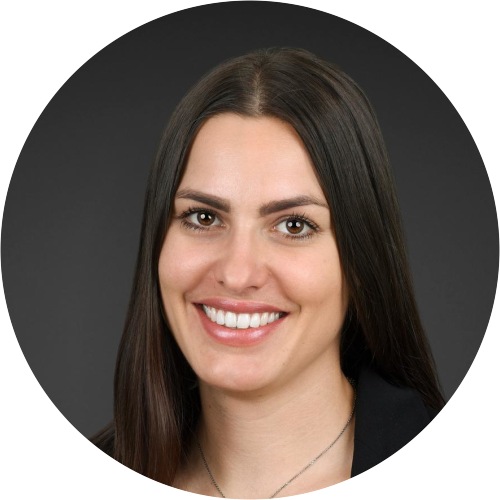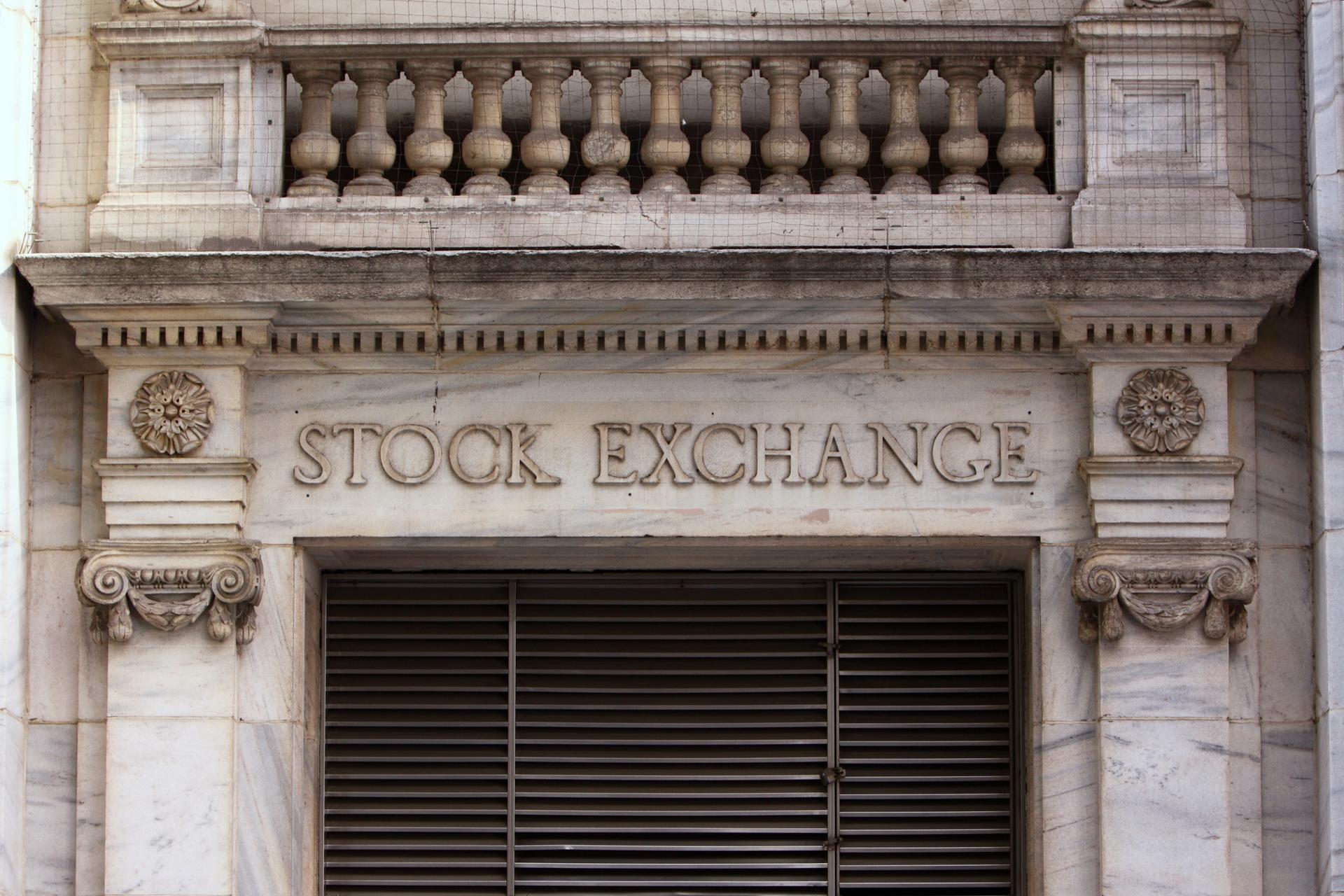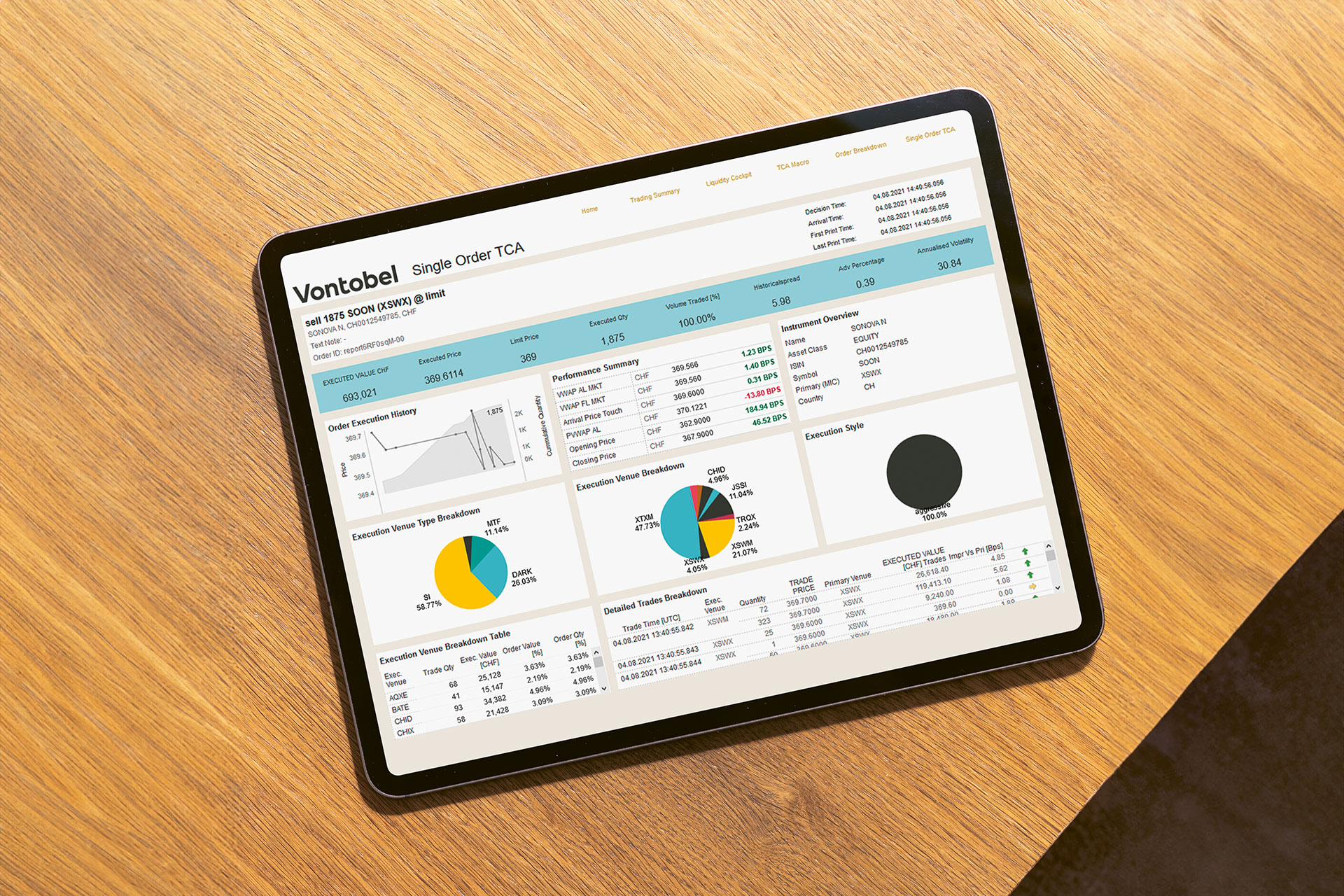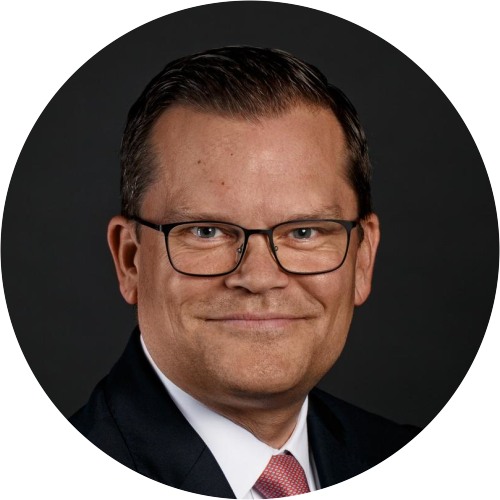
Market Fragmentation since MiFID II
Published on 01.01.2024 CET
As part of her thesis for her MAS Business Innovation Engineering for Financial Services, Fabienne Rehnelt examined the impact of MiFID II on Transaction Banking at Vontobel. Her analysis focused on the changes in the trading environment.
She used a statistical hypothesis test to compare the fragmentation of the SMI, CAC, and FTSE indices before and after MiFID II. Using statistical analysis, she was able to confirm her hypothesis that the Swiss and European markets became more fragmented after the introduction of MiFID II. Two types of venue in particular have made significant contributions to the increase in fragmentation – systematic internalizers (SIs) and periodic auctions. Under MiFID II, SIs were mentioned and regulated as venues for the first time. As such, it can be assumed that MiFID II has accelerated trading via SIs. Periodic auctions were only implemented in response to MiFID II. Although the proportion of periodic auctions was still low in the first few years following the introduction of MiFID II, it later showed a strong annual increase. Both SIs and periodic auctions are venues with lower levels of pre-trade transparency.
The main exchanges have lost flow and leveled off at 45 to 50 percent. However, it should be noted that the main exchanges still have a monopoly on opening and closing auctions. Around 30 percent of daily volume is traded during closing. Moreover, a trend away from lit markets toward grey markets and dark pools has also been observed. Lit markets have lost market share since the introduction of MiFID II across all venues, which would confirm the trend toward grey markets and dark pools. Algorithmic strategies are also showing this trend. Whereas it was mainly benchmark-oriented strategies before MiFID II, there is now a range of liquidity-seeking strategies that trade mainly in grey markets and dark pools. If this trend continues, it can be assumed that trading via the primary market and multilateral trading facilities will decrease, while trading via SIs, periodic auctions, OTC markets, and dark pools will increase. Another advantage of trading via these venues is the lower trading fees. In accordance with the guidelines on best execution set out in MiFID II, costs should be considered in addition to fees, which would offer an advantage to these types of provider.
MiFID II was also intended to increase trading transparency in general. It is important here to make the distinction between pre- and post-trade transparency. The trend away from lit markets shows that there are market players trying to circumvent pre-trade transparency. This is a logical consequence, since market participants try to minimize market impact as much as possible when trading orders, meaning they do not want the market to know how large an order to be traded is. This is especially true in the case of large orders. Even with new pre-trade transparency regulations and increased efforts to promote volume in lit markets, market participants will still look for opportunities not to trade in lit markets. Post-trade transparency refers to the disclosure of a transaction after a trade has taken place, which in turn is ensured by various trading venues. This disclosure promotes transparency in the market, and this data can be used to ensure benchmarks and overall post-trade analysis. More and more focus has been placed on trading data and TCA, which were an essential part of the implementation of MiFID II. Access to trading data has become considerably easier since 2018. However, since new data providers have emerged over time, the data is only being made available for a fee. So while there is more transparency, you have to pay for it. MiFID II has also boosted the trend toward automation and digitalization and has promoted the use of algorithms. At the same time, there has been a shift in role profiles, with specialists such as trading engineers and data scientists becoming increasingly important.
«A trend away from lit markets toward grey markets and dark pools has also been observed.»
Fabienne Rehnelt
Relationship Manager Financial Institutions

In summary, we can say with certainty that the entire market landscape has become more complex, even though the purpose of MiFID II was to simplify it by defining new, clear market structures. Before the directive came into force, Vontobel was already pursuing a strategy of highly automated trade processing that involved as little manual intervention as possible. Essentially, this was an automation and digitalization strategy that was only enhanced with the introduction of MiFID II. With the increased focus on transparency, new client reports such as TCA and trading summaries have been implemented that go beyond the regulatory requirements.
How can we make use of these findings, and what challenges have they brought about? Not surprisingly, the liquidity landscape has become highly fragmented, and the complexity and cost of maintenance (in terms of both data and regulatory requirements) has increased. Ideally, these changes should be implemented now, before they become an issue in future audits. We can help you here.
Ask yourself the following questions:
- As a participant in a regulated market, with no access to algorithmic strategies or alternative trading venues (MTFs, SIs, RFQ platforms, etc.), do I still conform to the rules regarding best execution in Europe and Switzerland?
- How much does exchange membership cost? What would I get out of it? What are the alternatives?
- Is my best-execution policy still up to date? What are the different ways of handling rest-of-the-world flow and member markets only?
- Do I have access to TCA from my broker? Do I need the same for my member markets? Should TCA be standardized for all markets and brokers? How much will it cost me to set up a TCA plan with the established providers (LiquidMetrix, Markit, Bloomberg), and how will I prepare the data (visualization systems)?
As an execution partner, Vontobel can offer a range of solutions:
- Vontobel offers the following solutions: We can set you up with a routing service provider (RSP), which will see you retain your exchange membership while enjoying unrestricted access to algorithmic strategies, over 15 alternative liquidity pools, TCA, and our full-scope TAP™. Alternatively, if setting you up with an RSP proves too costly, we can provide our algorithmic strategies and TCA solutions for individual orders.
- Calculate all your costs, and weigh up member audits, transaction monitoring, and maintenance contracts against any dividend income and savings on the brokerage side.
- Does your best-execution policy account for the fact that your flow is handled differently in separate markets compared to what your brokers offer in foreign markets? One solution could be to split your best-execution policy. If you don’t already have a best-execution policy, create one before it becomes an issue in a future audit.
- At Vontobel, we can provide TCA for a single order or the entire flow (aggregated) traded via our systems at any time. You can also create TCA for orders that are not traded via Vontobel (full-scope TAP™).
It all starts with a personal conversation
Published on 01.01.2024 CET
ABOUT THE AUTHORS
 Show more articles
Show more articlesFabienne Rehnelt
Relationship Manager Financial Institutions
Fabienne Rehnelt is a Relationship Manager for Financial Institutions in the Electronic Trading Solutions team in the Transaction Banking unit at Vontobel. She has over 10 years of experience in serving institutional clients in the areas of global custody, global execution, and FX trade.
 Show more articles
Show more articlesMatthias Schiesser
Head of Distribution Electronic Trading Solutions
Matthias Schiesser heads the Electronic Trading Solutions department in the Transaction Banking unit at Vontobel. He is responsible for the distribution of Vontobel’s low-touch trading platform, custodian services, FX products and the Trading Analytics Platform™ (TAP). His three teams—Innovation Hub, Relationships and Salestrading—cover 150 institutional clients in Switzerland and abroad.





